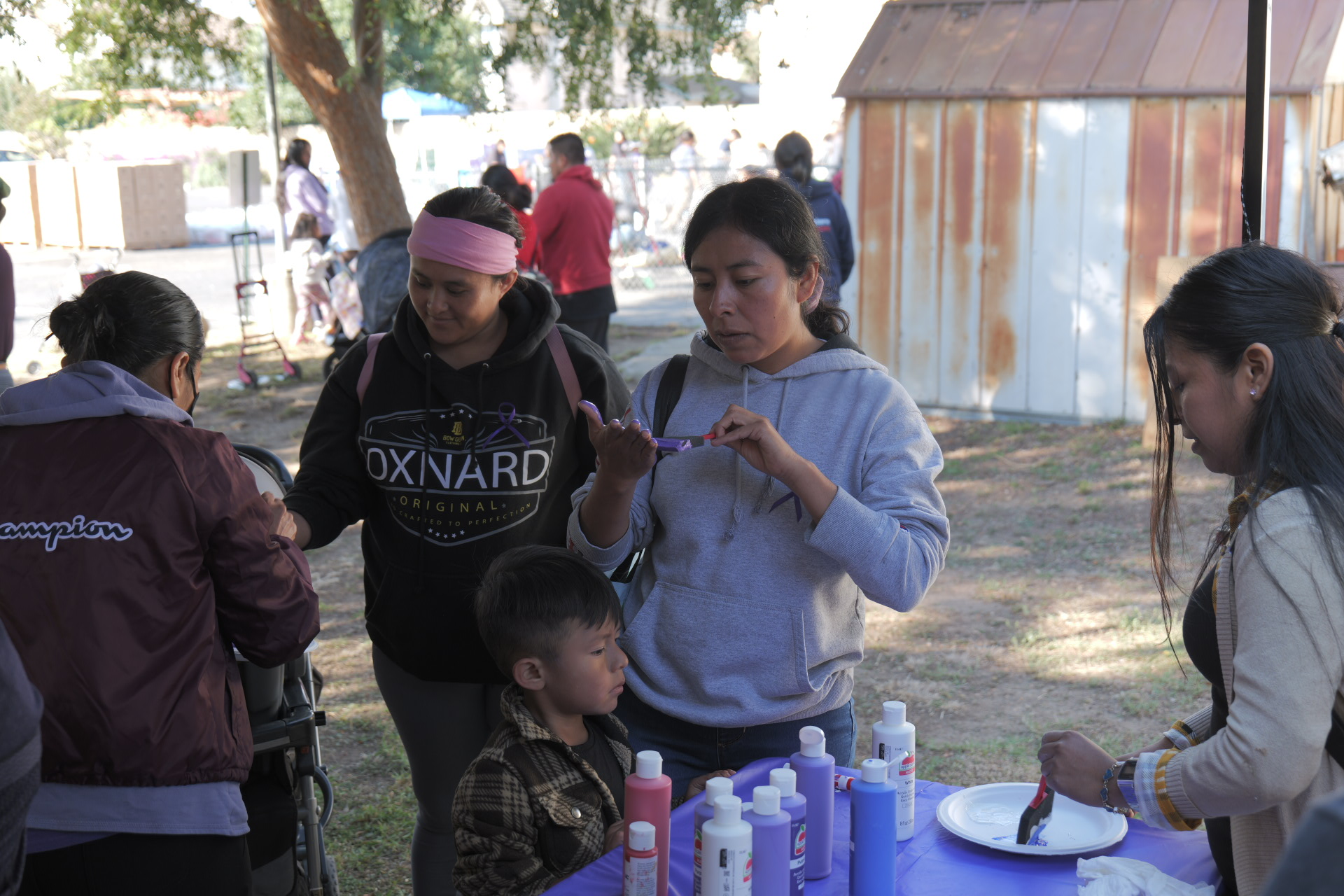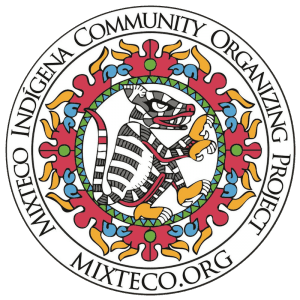Healing services now a couple of clicks away. How Medical is transforming its services

By Miguel Hernandez
(Listen to our audio in Spanish and Mixteco, Guadalupe Nundaca Variant)
In honor of Mental Health Awareness Month, the Department of Health Services are launching new initiatives on how to care for mental health youth. Medical, which covers more than 15 million people, is revolutionizing the way they meet community needs when it comes to mental health. Part of these initiatives are the launch of the Brightline mental health and Soluna apps, which offer resources on how to help young people with their mental health and offer live chat where users can connect with a professional in just minutes, all free of charge.
The launch of the Brightline and Soluna applications are part of a $4 billion investment made by Governor Gavin Newsom with the purpose of supporting young people in their emotional development. In a press conference brought by Ethnic News Media they brought professionals from the California health department who brought attention to the challenges faced by contemporary youth.
Among these professionals was Autumn Boylan, Deputy Director, Office of Strategic Partnerships, California Department of Health Care Services. One of the most notable points Boylan made was that she mentioned how the world that young people navigate today is not the same one that their parents navigated.
With the introduction of the internet, young people today are exposed to too much information at all times that affect their mental health, such as climate change, political conflicts, and even school shootings.
But with the introduction of applications like Brightline and Soluna, it is important to question whether these efforts are enough and who are they not useful for.
When these applications were presented to an indigenous mother from the Mixtec community, she said that it is important to consider that “not everyone in the community knows how to use a phone, how to read, or how to write, and these resources should be designed to be more accessible to the indigenous community”
She also mentions “I personally wouldn’t see myself using these applications because of how complicated they seem, and because of the lack of time from being a single mom.”
Ultimately, although the Health Department’s efforts are appreciated, members of the indigenous community feel that the state can do more to recognize the linguistic and educational barriers that prevent the migrant indigenous community from benefiting from these types of resources.
